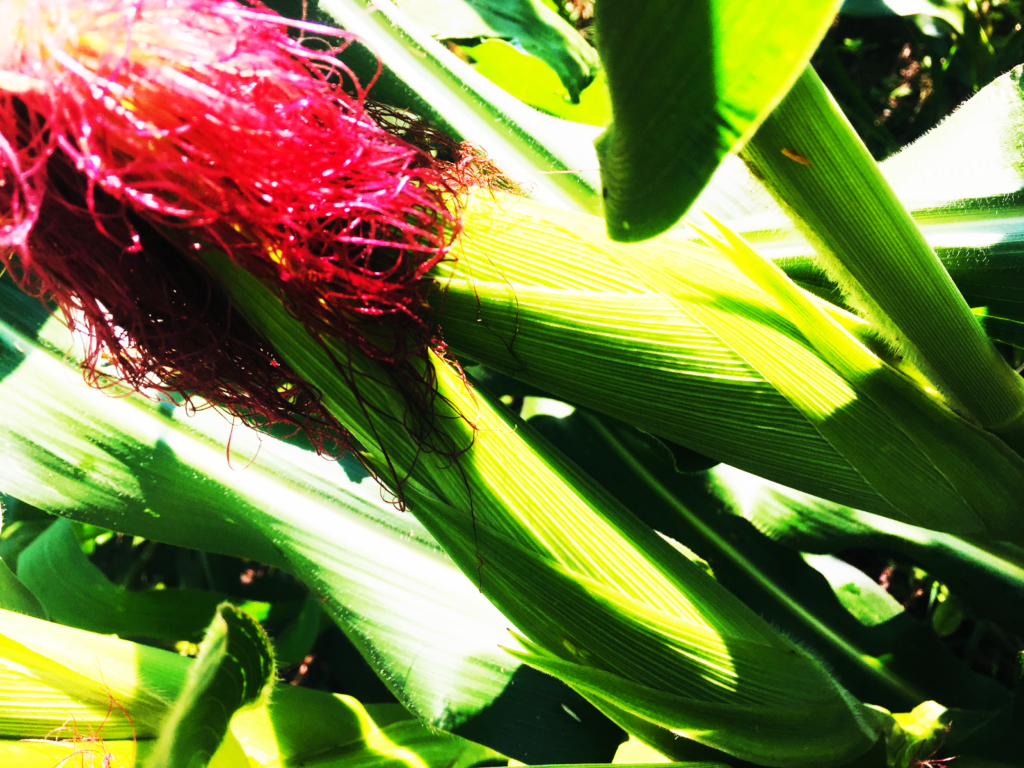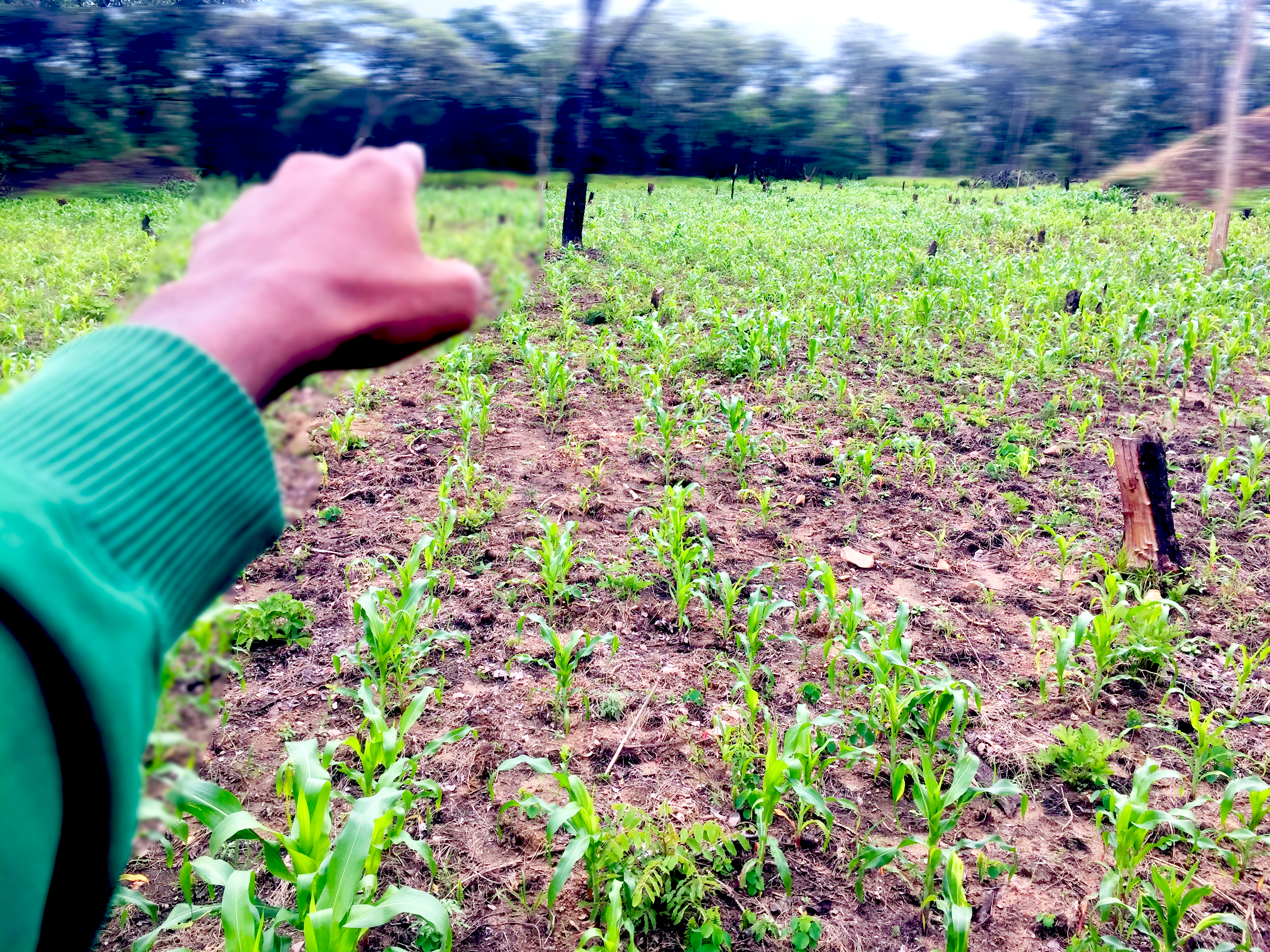When is the right time to plant maize in Zambia? This is one of the most asked questions for every aspiring farmer hence why we dive deep into explaining all about maize planting in Zambia and what’s the right time to plant maize, generally farming maize in Zambia. We’ve had people asking, “What is the best month to plant maize in Zambia?”. The right time to plant maize in Zambia depends largely on the region’s climatic patterns and the onset of the rainy season. Generally, in Zambia most farmers begin planting maize at the beginning of the rainy season between 18 October to 25 November. We use the same method even at our farm, because this method helps to take advantage of optimal soil moisture for germination and early growth.
“Maize Planting in Zambia: What’s the Right Time to Plant Maize?”
In southern regions like Southern Province and parts of Western Province, where the rainy season typically starts earlier (around October to November), farmers can start planting maize as early as October. Conversely, in northern regions such as Muchinga and Northern Provinces, where the rainy season usually begins later (around November to December), planting typically commences in November.
Mastering Maize Planting Guide for Zambian Farmers

It’s crucial for farmers to monitor local weather forecasts and consult with agricultural extension officers for precise guidance on the best planting times in their specific locations.
Maize, known as the “king of crops” in Zambia, holds significant economic and cultural importance. Its cultivation forms the backbone of agricultural activities, providing sustenance for families and contributing to national food security. However, successful maize cultivation hinges on various factors, with timing being a critical determinant. In this guide, we delve into the optimal timing for planting maize in Zambia, equipping farmers with essential knowledge to maximize yields and enhance agricultural sustainability.
Understanding Climate and Seasons: Zambia’s diverse climate and agroecological zones influence the timing of maize planting. Generally, Zambia experiences a tropical climate characterized by distinct wet and dry seasons. The country’s agricultural calendar revolves around two main seasons: the rainy season (November to April) and the dry season (May to October). Within these seasons, variations exist across different regions, necessitating localized planting strategies.
Optimal Planting Time: The ideal time for planting maize in Zambia depends on several factors, including regional climatic conditions, soil type, and variety of maize. However, a common guideline is to align planting with the onset of the rainy season. Early planting allows maize crops to capitalize on ample moisture, fostering robust germination and early growth stages.
In southern regions such as Southern Province and parts of Western Province, where the rainy season typically commences earlier (around October to November), farmers can start planting maize as early as October. Conversely, in northern regions like Muchinga and Northern Provinces, where the rainy season sets in later (around November to December), planting usually begins in November.
Varietal Selection: Selecting appropriate maize varieties tailored to local conditions is paramount for successful cultivation. Farmers should opt for varieties with traits such as drought tolerance, disease resistance, and suitability to specific agroecological zones. Consultation with agricultural extension officers or local agro-input suppliers can aid in selecting high-yielding maize hybrids or open-pollinated varieties (OPVs) suited to the region’s agroclimatic conditions.
Soil Preparation and Planting Techniques: Prior to planting, thorough soil preparation is essential to create an optimal seedbed for maize. This involves plowing, harrowing, and leveling the land to enhance soil structure and facilitate water infiltration. Additionally, incorporating organic matter such as compost or well-decomposed manure improves soil fertility and nutrient availability, contributing to healthy maize growth.
When planting maize, farmers should adhere to recommended spacing and planting depths, typically ranging from 60cm to 75cm between rows and 20cm to 25cm between plants within rows. Planting depth should be approximately 5cm to 8cm, ensuring adequate seed-to-soil contact for germination.
Monitoring and Management: Throughout the maize growing season, vigilant monitoring is crucial to detect and address potential challenges promptly. This includes monitoring for pests, diseases, and weed infestations, implementing appropriate pest management strategies, and timely application of fertilizers based on soil nutrient deficiencies.
Maize varieties selection in Zambia
For maize cultivation in Zambia, farmers have a choice between early-maturing and late-maturing seed varieties, each with its own set of advantages depending on the region and specific farming objectives.
- Early-Maturing Varieties:
- Early-maturing maize varieties typically have a shorter growing season, allowing for harvests to be completed earlier.
- These varieties are well-suited for regions with shorter rainy seasons or areas prone to drought or erratic rainfall patterns.
- They provide flexibility in cropping systems, enabling farmers to intercrop or rotate with other crops, thereby diversifying agricultural production and income sources.
- Farmers in regions where pests and diseases are prevalent may find early-maturing varieties advantageous as they can minimize exposure to such risks.
- Late-Maturing Varieties:
- Late-maturing maize varieties require a longer growing season before reaching maturity and harvest readiness.
- These varieties are suitable for regions with longer rainy seasons or areas where moisture availability throughout the growing period is not a limiting factor.
- They tend to have higher yield potential compared to early-maturing varieties, as they have more time to accumulate biomass and develop larger ears.
- Late-maturing varieties are often preferred for commercial farming operations aiming for maximum yields and optimized market timing.
Farmers should select maize varieties based on factors such as agroecological conditions, available inputs, market demand, and personal preferences. It’s advisable to consult with agricultural extension services, local seed suppliers, and experienced farmers in the area to make informed decisions regarding the most suitable seed varieties for their specific farming context. Additionally, conducting on-farm trials can help evaluate the performance of different varieties under local conditions before scaling up cultivation.
Conclusion:
In conclusion, mastering the timing of maize planting is fundamental for optimizing yields and ensuring agricultural sustainability in Zambia. By aligning planting with the onset of the rainy season, selecting suitable maize varieties, adopting proper soil preparation and planting techniques, and implementing effective crop management practices, Zambian farmers can enhance maize productivity and contribute to food security and economic prosperity.

Would like to learn more on increasing maize production per area or hectre. Have just started as a small farmer. I started with one hectre.
Friday
Luanshya
This is very rich information.
The Government of the Republic of Zambia should endeavour help the small scale farmers by providing conducive policies that such farmers are equiped Farming machinery.